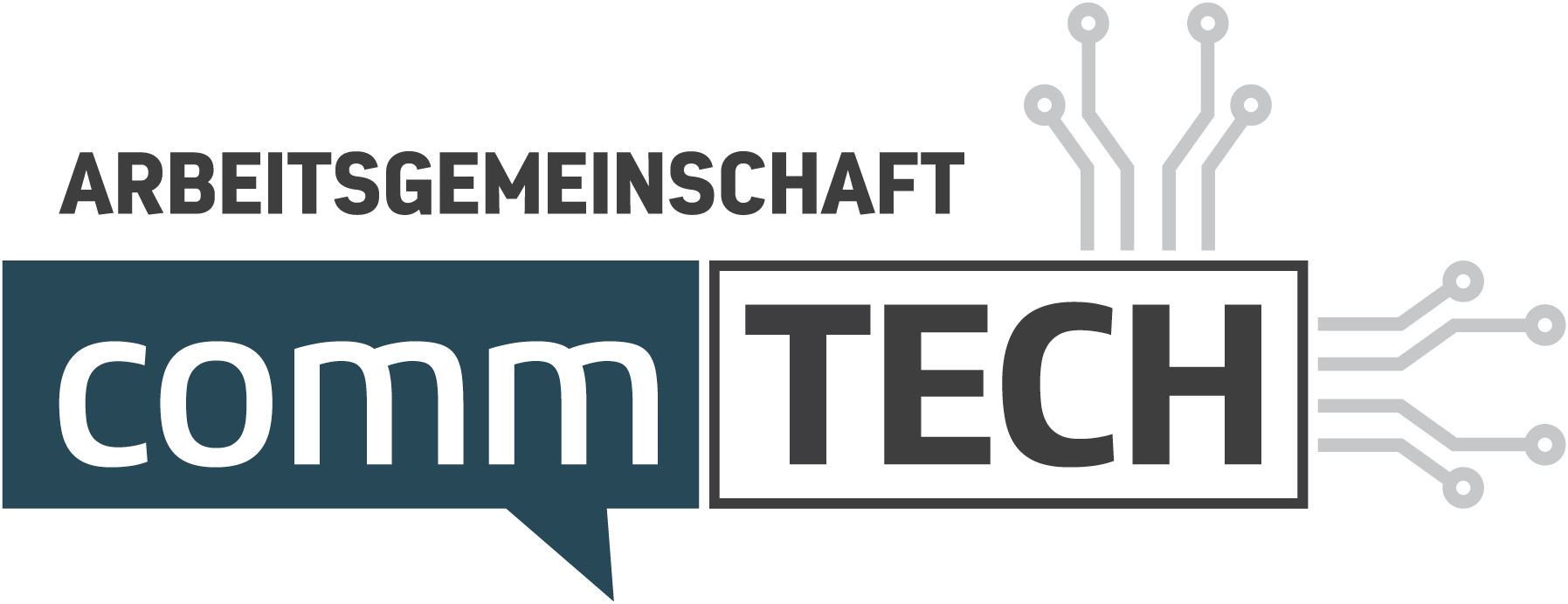- 1. December 2023
- Posted by: Die Redaktion
- Category: BEST PRACTICES

Interview with Prof. Dr. Ulrich Bihler – AI in media analysis

Prof. Dr. Ulrich Bihler is Honorary Professor of Communication Science at the University of Hohenheim and Strategy Advisor/Data Analyst in the Communications Corporate Content House at Audi Communications. He is also a freelance member of the practice advisory board of the Austrian Society for Communication and Reputation. In an interview with AG CommTech, he talks about AI in media analysis.
AG CommTech: Only 20% of communications managers rely on AI in media analysis. Why should everyone do it?
Ulrich Bihler: In my opinion, anyone who wants to successfully manage corporate communications in the future will not be able to avoid media analyses and AI. There are plenty of arguments in favor of AI media analysis, but the most important one for me is that companies will have to communicate even more efficiently in the future and generate even more quality in order to achieve the all-important goal: not only maximum attention, but also the maximum possible communication impact with stakeholders. In my opinion, communication impact will in future be the decisive marker for determining whether communication is successful or not. All of this is only measurable, achievable and feasible with AI (media analysis)!
AG CommTech: Where is AI actually used in media analysis?
Ulrich Bihler: We are already on our way, but we are still in our infancy: for example, automated content analyses bring trends, moods and opinions to light. False or misleading information in the media can already be identified to some extent with AI. And AI is already improving media content in some companies through automated analysis of user feedback and engagement data. Which is basically a good thing: More and more people are experimenting with it.
AG CommTech: AI is developing very dynamically, what are the expected future capabilities in the field of media analysis?
Ulrich Bihler: That’s clearly looking into a crystal ball. However, some specific developments are foreseeable: Advances in language processing and machine vision will enable AI systems to analyze content more accurately. This includes a deeper recognition of topics, moods and trends in text, image and video content. In addition, AI will increasingly be able to curate and personalize media content based on users’ individual preferences and behavioural patterns – and also to analyse it. The ability to analyze large amounts of data in real time is expected to be improved. This could revolutionize media analysis by reacting faster to events and providing deeper insights into ongoing events. And: AI could drive the development of more interactive and immersive media formats such as virtual reality (VR) and augmented reality (AR), where content reacts dynamically to the user’s interactions. This will then bring a whole new level of immersive AI media analysis.
AG CommTech: What best practices already exist?
Ulrich Bihler: From my point of view, the current benchmark is what Richard Tigges and Florian Müller are planning at Audi together with Aitastic. Or Judith Sütherlin at the Volkswagen car brand! In both cases, AI is very deeply and very structurally integrated into the media analyses and topic management with many new insights. In my opinion, this is at least Europa League in AI media analysis for large companies. Or what the German start-up Agents.inc from Berlin is doing with the Brazilian multinational Petrobas, for example: Global News Radar Agent, Media Seismograph Agent, Stakeholder Mapping Agent or EU Policy Watch AI Agent are just some of the very exciting application scenarios. There are already very good solutions for medium-sized companies, for example from the IMWF Institute in Hamburg, which uses AI to evaluate more than 438 million data sources.
AG CommTech: AI in media analysis only feasible for large companies? What are the smaller organizations doing?
Ulrich Bihler: The use of AI in media analysis is not reserved exclusively for large companies. There are various ways in which smaller organizations can benefit from AI in this area: Numerous AI-based tools and platforms can help with the analysis of media trends, consumer behavior and other relevant data. Many of these tools are inexpensive or offer flexible pricing models. Through outsourcing or partnerships, smaller companies can gain access to advanced analysis tools and expertise. Alternatively, instead of implementing extensive and complex AI systems, smaller organizations can focus on specific AI applications relevant to their B2B or B2C communications. For example, the use of AI to optimize social media strategies can be particularly effective.
AG CommTech: What advice should be given to companies that want to get to grips with this topic more intensively?
Ulrich Bihler: Being curious, just doing it and trying it out is an important principle. However, companies should already clearly define what they want to achieve with the use of AI in media analysis. Clear goals help to select the right AI tools and strategies without neglecting the important trial and error. This goes hand in hand with the second important principle: instead of immediately planning and investing on a large scale, smaller pilot projects can be helpful. They make it possible to gain experience and evaluate the benefits of AI for your own corporate communications and media analyses.

